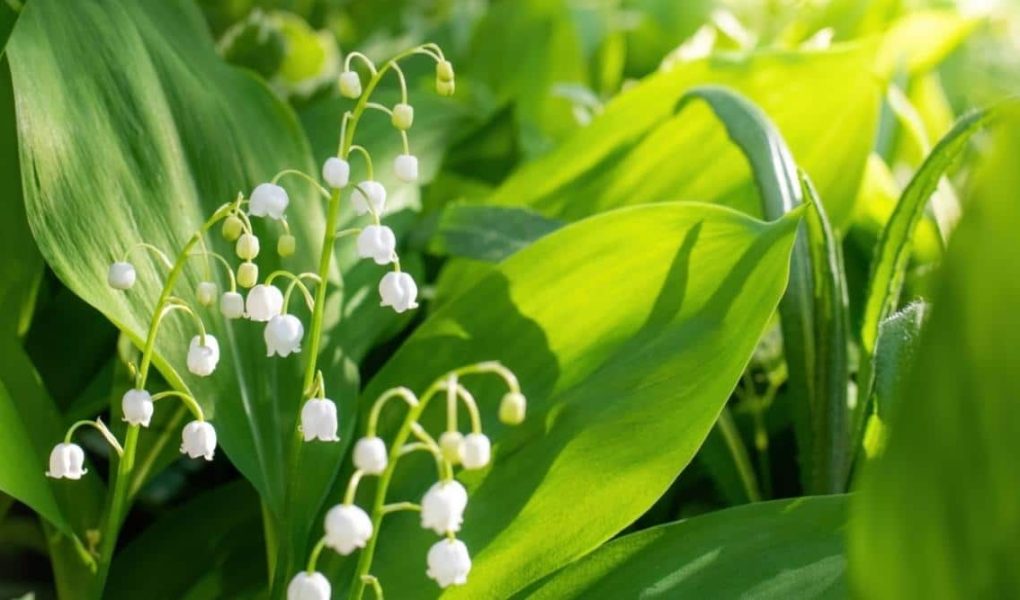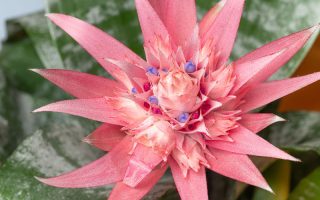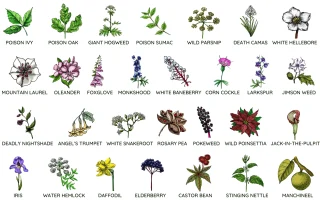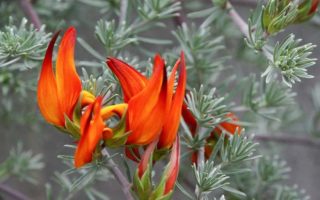lettersforvivian.org – Lily of the Valley (Convallaria majalis) is a delicate, fragrant flower that has captured the hearts of gardeners for centuries. With its bell-shaped white blossoms and sweet fragrance, this perennial plant heralds the arrival of spring and is cherished for its ability to thrive in shaded gardens. Known for its beauty and symbolism, Lily of the Valley is a popular choice in gardens, floral arrangements, and even as a symbol of love and purity.
Appearance and Characteristics
Lily of the Valley is a low-growing, perennial plant that typically reaches about 8 to 12 inches in height. The plant features lance-shaped, glossy green leaves that grow in pairs along slender stems. The true highlight of the Lily of the Valley, however, is its charming flowers.
The flowers are small, nodding, and bell-shaped, arranged in clusters that appear along the arching stems. Each flower is typically pure white, although some varieties may have a soft pink hue. The blossoms have a distinctive, sweet fragrance that is both subtle and enchanting, making them a favorite for scent gardens and floral displays.
Lily of the Valley blooms in late spring, typically in May, making it one of the first flowers to brighten the garden after the long winter months. After flowering, the plant produces small, red berries, which are toxic to humans and animals, so care should be taken to keep them out of reach.
Growing Conditions
Lily of the Valley is native to temperate regions of Europe and Asia and thrives in cool, shaded environments. This plant is perfect for woodland gardens, shaded borders, or areas that receive dappled sunlight. Below are the optimal growing conditions for Lily of the Valley:
- Light: Lily of the Valley thrives in partial to full shade. While it can tolerate some morning sun, it performs best in shaded areas that mimic its natural woodland habitat. Too much direct sunlight can cause the plant to wilt or reduce blooming.
- Soil: The plant prefers rich, well-draining soil that is slightly acidic to neutral. It thrives in moist, fertile soils that are high in organic matter, such as loamy or sandy soils. Good drainage is essential to prevent waterlogged roots.
- Watering: Lily of the Valley enjoys consistent moisture, especially during its growing season. However, the soil should not be soggy, as excessive water can lead to root rot. Ensure the planting site has adequate drainage and water the plant deeply when the soil feels dry to the touch.
- Temperature: This plant prefers cooler temperatures and is well-suited for USDA hardiness zones 2 to 9. It is best suited to temperate climates and can tolerate frost in early spring, which does not typically harm the plant.
- Humidity: Lily of the Valley thrives in moderate to high humidity, making it a perfect plant for shaded, moist garden areas. In drier climates, regular watering will help ensure the plant receives the moisture it needs.
Care and Maintenance
Lily of the Valley is a relatively low-maintenance plant once established. It requires little care beyond basic watering and occasional fertilizing. Here are some essential care tips:
- Fertilizing: While Lily of the Valley does not require heavy fertilization, a light application of balanced fertilizer in early spring can help promote vigorous growth and abundant blooms. Organic compost or well-rotted manure can also be worked into the soil to improve its fertility.
- Pruning: Deadheading spent flowers will help tidy up the plant and prevent unnecessary energy from being spent on seed production. After the flowering season, cut back the flower stalks to ground level, but leave the leaves intact to allow the plant to store energy for next year.
- Dividing: Lily of the Valley can be divided every few years to maintain healthy growth. Divide the plant in early fall or early spring, carefully separating the rhizomes, and replant them in a well-prepared site. This also helps prevent overcrowding, which can lead to reduced flowering.
- Mulching: Apply a layer of mulch around the base of the plant to help retain moisture, suppress weeds, and protect the roots in colder climates. Use organic mulch, such as shredded leaves or wood chips, to maintain a healthy growing environment.
- Pests and Diseases: Lily of the Valley is generally pest-resistant, but it can occasionally suffer from fungal diseases such as powdery mildew or botrytis blight. Ensuring proper spacing for air circulation and avoiding overhead watering can help prevent these issues. Aphids and slugs may also be attracted to the plant but can be controlled using natural methods or organic insecticides.
Toxicity
It is important to note that all parts of the Lily of the Valley plant are toxic if ingested. The plant contains cardiac glycosides, which can cause symptoms such as nausea, vomiting, abdominal pain, and heart arrhythmias when consumed. While this plant is not harmful when handled or grown in the garden, caution should be exercised around pets and young children who may be tempted to eat the berries or flowers.
Symbolism and Cultural Significance
Lily of the Valley has long been associated with various cultural and symbolic meanings. In the language of flowers, known as floriography, the Lily of the Valley symbolizes purity, humility, and sweetness. It is often used in bridal bouquets, representing the pure love between a bride and groom.
In some cultures, the flower is also thought to bring good luck and is associated with May Day (also called Beltane), which is a celebration of the arrival of spring. In France, Lily of the Valley is traditionally given as a token of good fortune on May 1st, known as “La Fête du Muguet” (the festival of the Lily of the Valley).
In addition to its symbolic meaning, Lily of the Valley has been used in traditional medicine, although it should be used with caution due to its toxicity. Historically, it was believed to have medicinal properties that could treat heart conditions, but modern medicine does not recommend its use due to its toxic effects.
Lily of the Valley in the Landscape
Lily of the Valley is a popular choice for shaded or woodland gardens due to its elegant appearance and fragrant flowers. It is perfect for planting under trees, along garden paths, or as ground cover in shady areas. Here are some ways to incorporate Lily of the Valley into your landscape:
- Woodland Gardens: Lily of the Valley is well-suited for woodland gardens, where it can grow naturally beneath trees and shrubs. Its ability to thrive in shady, moist conditions makes it an ideal companion plant for other woodland species such as ferns, hostas, and astilbes.
- Groundcover: Lily of the Valley works well as a groundcover in shady areas. Its spreading rhizomes quickly fill in empty spaces and provide a carpet of fragrant blooms in the spring. However, keep in mind that it can spread aggressively and may need to be controlled in some garden settings.
- Borders and Edging: Planting Lily of the Valley along garden borders or pathways can add a soft, fragrant touch to the landscape. Its delicate flowers create a graceful contrast to more robust plants in the garden.
- Container Gardens: Although Lily of the Valley prefers to be planted in the ground, it can also be grown in containers, especially in shaded outdoor spaces like patios or balconies. Just be sure the container has adequate drainage and the right soil conditions.
Conclusion
Lily of the Valley is a timeless and enchanting flower that brings elegance, fragrance, and beauty to any garden. With its delicate bell-shaped blooms, sweet scent, and symbolic meaning, it is a beloved addition to shaded gardens and flowerbeds. Though it requires minimal care, the plant’s ability to spread quickly and its toxic properties should be kept in mind when planting. Whether used as groundcover, a border plant, or in bouquets, Lily of the Valley remains a cherished symbol of spring and a favorite of gardeners worldwide.




